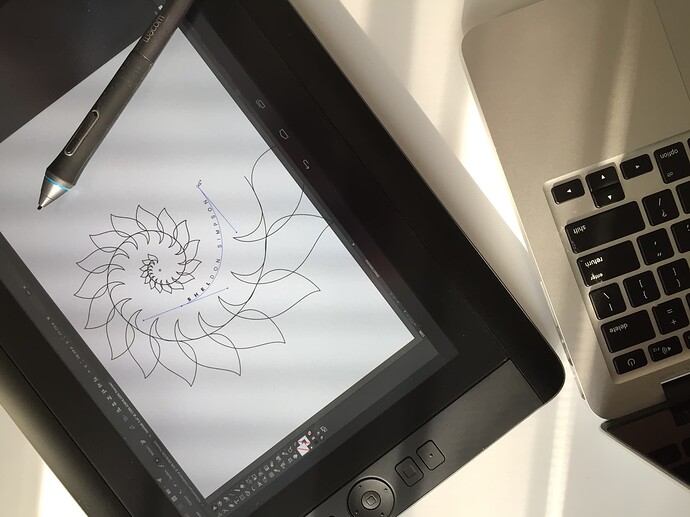Before going full-time with my own business a couple of years ago, I spent most of my career in and leading various creative groups. I must have seen close to a thousand portfolios and interviewed dozens of applicants. So with that perspective in mind…
The strongest and weakest pieces in your portfolio are most memorable. A single bad piece outweighs everything else, and not in a good way.
Your portfolio needs to show that the work you’re capable of doing is a good fit for the job you’re going after. This might seem obvious, but when applying for a job at a power tools manufacturer, don’t load up your portfolio with wedding invitation designs.
Depending on where you’re applying, an HR department might make the first pass on everything and veto any application that doesn’t meet minimum requirements. We’d routinely get around 150 applications per job at places I worked, so HR would weed out most using their computer programs. In other words, aim your application at checking all the boxes that HR might require. Otherwise, no one in the company will ever look at your portfolio.
If called in for an interview, assume an art director has already checked out your online work, looked at your social media accounts, researched who you are, and knows a good deal about you. Don’t come to the interview only to rehash what they already know and have seen. Surprise them with some physical samples that aren’t in your portfolio and some stories to go along with them. The whole in-person tactile aspect changes the dynamic from pictures they’ve seen on the web to actual stuff they can hold in their hands.
In the interview, say and do something memorable. A dull person ends up getting lost in the sea of new faces. Something needs to make you stand out. When the interview team gets together after the interviews, you want them to remember you as a distinct person rather than a blur. Interview days are tiring for the people conducting the interviews. Much gets forgotten in the big blur, so make yourself stand out (in a good way, of course).
Don’t be one-dimensional. When asked (and interviewers almost always do ask), tell them about interesting things you like to do — things that give them the impression that you’re a smart, well-rounded person who would fit in. When I conducted interviews, we’d often talk about the applicants’ interests more than anything. By the time the interview rolled around, I’d already seen their online work and researched them. I already knew if their work was up to speed, so I’d be looking for what else they’d contribute to enhance the creative team.
When it comes down to choosing the winner out of the finalists, a relevant side skill often clinches the job. For example, if you’re applying for a web design job, showing that you can also edit video or write well might be what separates you from an equally qualified competitor.
I could go on, but that’s enough. Gotta get back to work.
When looking for employment, use your own name. Doing otherwise would be weird. “Hi, my name is Bill, but please call me Crazy Elephant Graphics.” Um, no, don’t do that.



 .
.